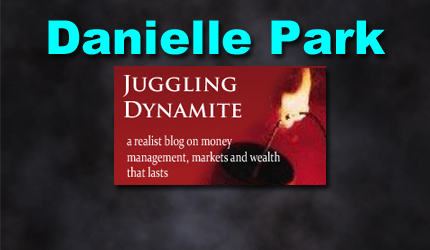Last night at midnight, goods from more than 60 countries and the European Union became subject to tariff rates of 10% or higher. Products from the EU, Japan and South Korea are taxed at 15%, while imports from Taiwan, Vietnam and Bangladesh are taxed at 20%. See the full list of U.S tariffs in place around the world.
The White House says that the onset of tariffs provides economic clarity as companies understand the direction the U.S. is headed, allowing them to ramp up new investments and jump-start hiring in ways that can rebalance America as a manufacturing power. That is the hope.
But tariffs are taxes that the private sector pays, lowering profit margins and demand. The risk is that these sharply higher trade taxes will erode an already waning global economy.
Backward revisions show that hiring has been stalling for months, inflationary pressures rising for some goods, while key housing markets are swamped with new listings, few buyers and falling prices. No asset matters more to household balance sheets than home values; that’s why housing downturns have traditionally led the harshest economic contractions.
Risk markets have been trading on eternal optimism and record-high valuations for so long that believers have declared them independent of economic activity. Indefinitely? That would be a first.
I am old enough to remember the period from February to April 9, 2025, when Trump’s original 10% baseline tariff and mostly paused reciprocal tariffs were enough to spark a heart attack in financial markets. Today, the baseline tariff remains active, and reciprocal tariffs have resumed, with significant increases, especially a 35% tariff on many Canadian goods.
Risk-bulls have had a truly fantastic run, but no one gets market cycles all their way, or it wouldn’t be called a cycle.
At some point, some of this is going to matter, not just to struggling households and small businesses but also to the most expensive companies who have been funnelling precious cash into buying back their own grotesquely over-priced shares.
Perhaps some can afford to waste money, blow up equity and still keep going. For individuals later in life who have already amassed the bulk of their net savings, the math of loss tends to be devastating.













Tariffs are bricks in the wall of worry of the most hated bull market ever.